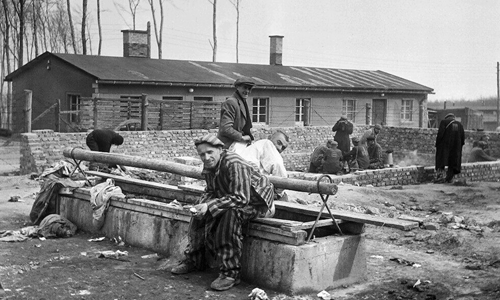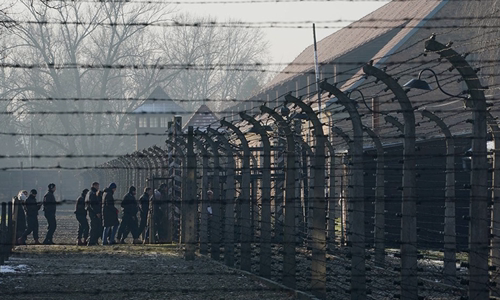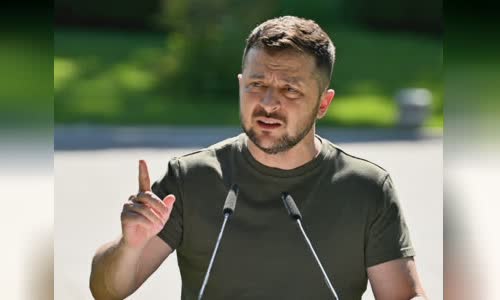Images of the Allies captured during the Nazi liberation of the "death camp" at the end of World War II revealed the truth about the Holocaust disaster.
Concentration and execution camps were liberated one after another as the Allies entered Berlin, Germany in the final days of the war, 1939-1945. The first camp to be liberated was Majdanek in eastern Poland on July 24, 1944 by the Soviet Red Army. But it was not until next year that the provisional government, founded by General Charles De Gaulle, after the French Revolution encouraged the coverage.

Prisoners remaining after Buchenwald camp in Germany were liberated in April 1945 Photo: AFP.
In July 1944, when Germany lost the war, Nazi leader Heinrich Himmler ordered the evacuation of the camp before the Allies arrived and transferred prisoners to many other camps. This evacuation plan focused primarily on camps in the Baltic states, near the Soviet Red Army's advance. Officers of the Schutzstaffel Force (SS or black army) are responsible for erasing all traces of crime before fleeing.
The Auschwitz - Birkenau camp in southern Poland, liberated by the Soviet Red Army on January 27, 1945, was gradually dismantled from mid-1944 and over 60,000 evacuees were evacuated. When the Soviet troops arrived, 7,000 prisoners remained because they could not follow in the evacuation called "Zombie Parade" to other camps.
The discovery of the first "death camps" did not draw a lot of attention to the public due to the image not being widely shared. Russian and Polish investigators photographed the camp in Majdanek and Auschwitz, while the US military photographer filmed a documentary about the camp in Struthof, the only Nazi concentration camp located in France. now. But France does not want to broadcast the documentary to avoid inciting many families whose loved ones went missing after being deported, arrested or convicted.

Visitors cross the barbed wire fence and visit Auschwitz in Germany in December 2019 Photo: AFP.
The turning point came on April 6, 1945 with the discovery of Ohrdruf, the merger camp of Buchenwald concentration camp in Germany. As the Americans entered Ohrdruf, along with US war correspondent Meyer Levin and AFP photographer Eric Schwab, they discovered the prison was still on fire and many skeletal inmates were executed with bullets in the head.
Supreme Commander of the Allied Forces in Europe Dwight Eisenhower on April 12 visited the camp and described the "unspeakable horrific condition" of the place. The Allied leader immediately decided to lift all restrictions to publish the Nazi evidence of crime with the world.
That evening, French Communist daily Ce Soir posted on the front page an image of the Nazi "death camp". A few days later, Eisenhower advised journalists to visit the camps, where "the evidence of barbarism and brutality was beyond endurance to the point of eradicating suspicion of Nazi action."



 VirginiaLaFriedaOsonitsch
VirginiaLaFriedaOsonitsch








